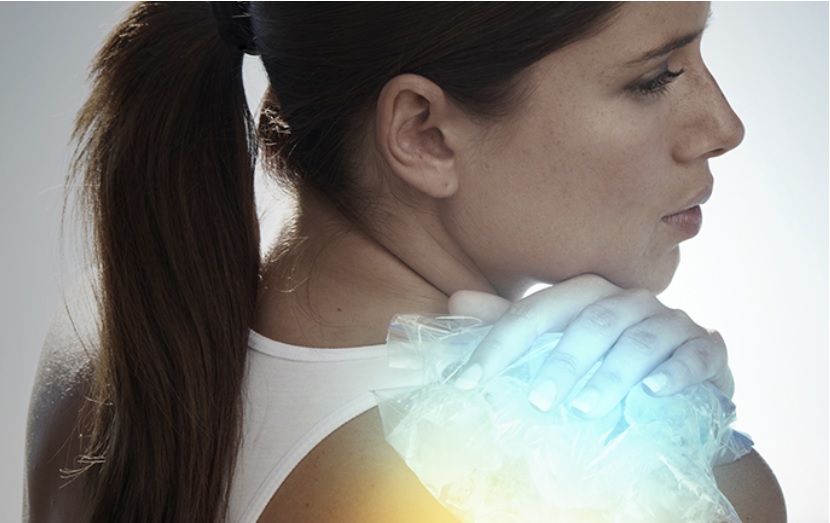Hot or Cold Therapy \ What’s Right for Your Injury?

February 11, 2019
HOW TO CHOOSE HOT OR COLD THERAPY FOR AN INJURY
Knowing whether to apply heat or cold to an injury can be confusing. As a guideline, the type of injury or issue usually determines the treatment. Acute, sudden injuries like sprains, strains, fractures and bruises are usually first treated with cold. Chronic injuries or conditions with ongoing pain and stiffness benefit from heat or cold.
Of course, there are some instances when both hot and cold therapy can provide relief. Initial treatment for tendonitis, for example, may include applying ice to the affected area to reduce swelling and inflammation. After the swelling has gone down, heat can help loosen any stiffness that may have settled in to the affected area. Knowing the proper way to apply heat or cold is key to avoiding additional injury.
HOW TO APPLY ICE / COLD THERAPY
For acute injuries, it’s best to see your doctor or trainer before beginning any DIY treatment at home. A physical exam, and x-ray or MRI can rule out fractures or other serious injuries that require a doctor’s care. Your doctor can recommend a treatment regimen to help you recover. Use the following recommendations as your guide for applying ice or heat:
How often – Ice as soon as possible after injury, 4 to 8 times per day
How long – Cold therapy should be applied for 15 to 20 minutes at a time
How to apply – Ice packs work well for larger areas and for bruises. Freezing water in a paper cup provides an easy, targeted way to ice an injured heel or elbow.
To ice your entire hand or foot, an ice bath (water and ice in a bucket) is a good option.
Cautions – Never apply ice directly to skin. To avoid tissue damage, don’t ice for more than 20 minutes at a time.
HOW TO APPLY HEAT THERAPY
To relieve stiffness after an acute injury has started to heal, heat can help.
How often – Using dry or moist heat once or twice a day can help with stiffness.
How long – If you experience morning stiffness, 15–20 minutes of heat therapy can help. A warm bath or shower can also help you meet the day with less stiffness. Sore, stiff muscles will benefit from another 20 to 30-minute session of heat therapy before you go to sleep.
How to apply – Use a heating pad or hot water bottle for larger areas and for your back. Heat wraps work well to target smaller areas and the neck.
Cautions – You should feel warm rather than hot when using heat therapy. Be sure that your heating pad is just warm enough to provide relief, and not so hot that you’re at risk for a burn. Heat should never be applied to an open wound or bruise. Heat therapy is not recommended for anyone with diabetes, multiple sclerosis, vascular disease, or who may be pregnant. If you have questions about using heat for your injury based on your medical history, ask your doctor before beginning heat therapy.
Don’t use heat regularly for more than a few weeks without consulting your doctor.
